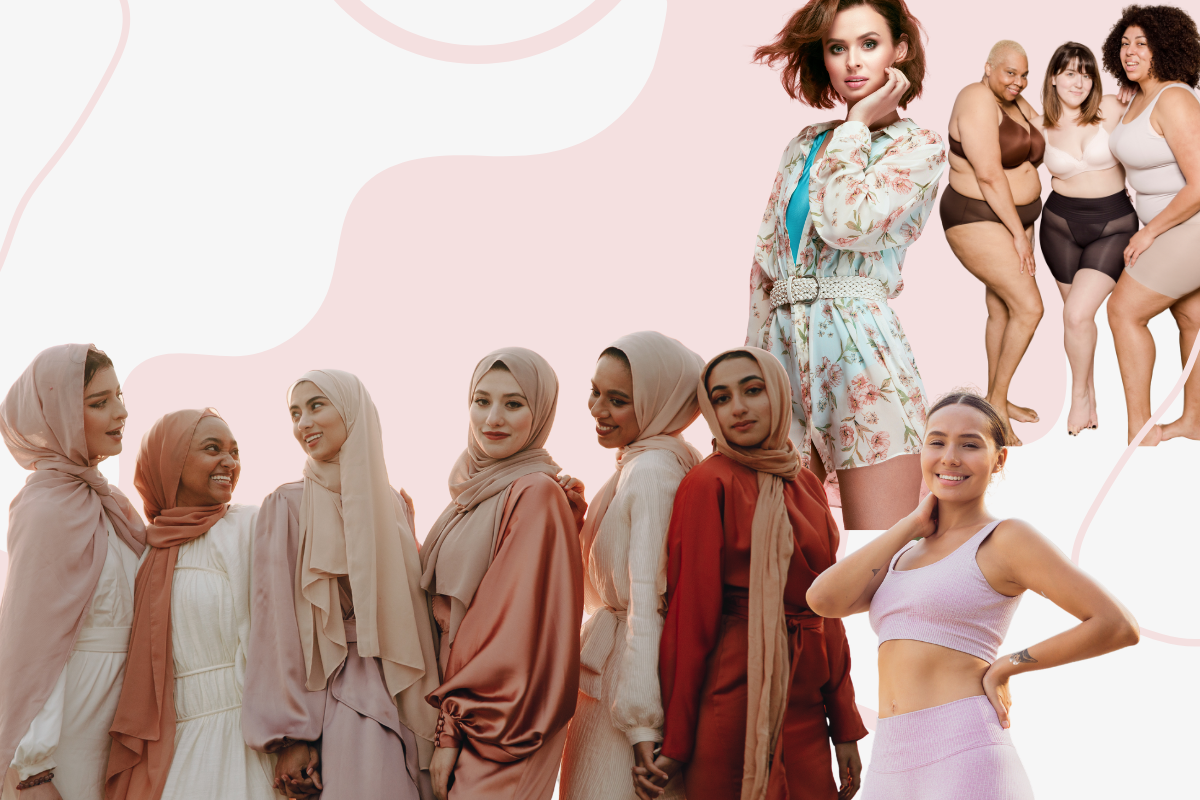The Weaponisation of Women’s Attire

LUX WMN
Every culture in the world has different normalized attire for women. Whether it is typical to wear a short and flowy sundress or a full-coverage gown, violence against women persists in each of them. So why is a woman’s outfit even considered relevant when analyzing a case of violence?
This absurd phenomenon traces directly back to the age-old concept of victim blaming.
“What did they expect going out dressed like that?”
“Why would she wear a dress that short?”
“She should have covered up more.”
“With women dressing like that, no wonder men are confused.”
Victim blaming puts all or any blame on the victims of these disgusting acts. It allows men to be rid of the proper responsibility for their actions, while also treating them as if they just don’t know any better.
Not only is this completely insulting to women, it is insulting to men. Men are not uncivilized children; they possess a moral code and full understanding of what is right and wrong. This mindset that women make it difficult for men to not attack them is truly dangerous, and is seeping into all aspects of analysis around this topic.
In reports from 38 rape crisis centers in the United States, self-blame was attributed to about 74 percent of victim clients. Whether this self- blame was behavioral (“I shouldn’t have been wearing that skirt”) or characterological (“I wish I wasn’t so weak”), it should never even be in the question.
Discourse that questions a woman’s role in her own assault creates a world in which survivors cannot come forward and report sexual violence crimes. According to psychotherapist Beverly Engel, “Victims are often too ashamed to come forward… because in our culture, we tend to blame victims in general.”
Nothing a woman wears guarantees her safety. Nothing a woman wears will stop an attacker from carrying out an attack. This isn’t about protecting women – it’s about protecting men.
This rhetoric of victim blaming and telling women how to avoid being violated does nothing but enable men to continue their violence. If they don’t have to be held accountable and can use the fabric on a woman’s back against her in a court of law, what makes anyone think they’ll stop?
This issue is a global phenomenon, and Iran has recently come into the spotlight. Mahsa Amini was a 22-year- old Kurdish woman who was arrested by the Iranian morality police. She was sent to a re-education center in Tehran for “inappropriate attire,” which meant she had too much hair coming out of her hijab. She ended up in a coma on a ventilator and died three days later. Mahsa’s tragic death has sparked outrage and protests all around Iran, and brave women are the ones standing in the front lines.
Thousands of female protesters have taken to the streets and rallied against the Iranian government. Even when their lives and livelihoods are in jeopardy, these courageous women are risking everything to fight the system that is oppressing them. Fighting the system that is actively trying to silence them.
They will not be silenced.
There is a revolution happening as you read this, and revolutionary is the perfect word to describe it. This is the first time in Iranian history that women have started and continue to lead a counter-rebellion. Along with that, the average age of protesters that have been arrested is just fifteen according to the Revolutionary Guard.
Iranian women and girls are playing groundbreaking roles in setting boundaries with their government. We are witnessing a new generation of fearless women who will not stand for injustice – even if it kills them. Many heroic women have been apprehended and even murdered due to their involvement in protests and rebellion. They made the ultimate sacrifice for their rights. Now it’s our job to help.
Our sisters in Iran need us. Woman. Life. Freedom.


